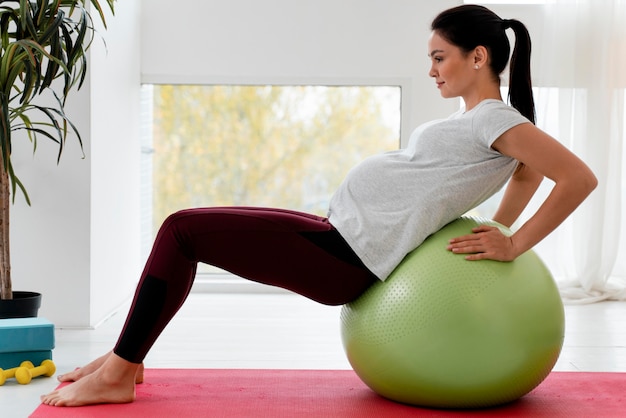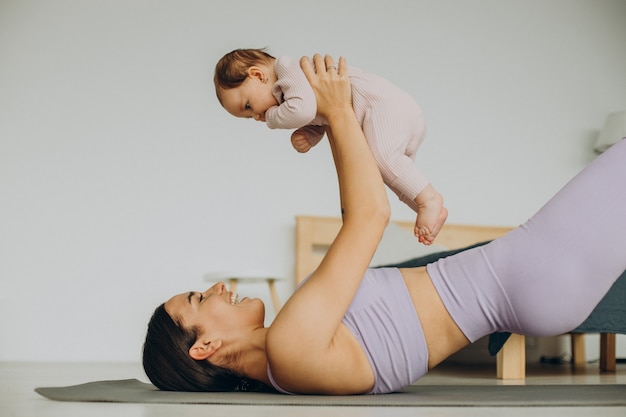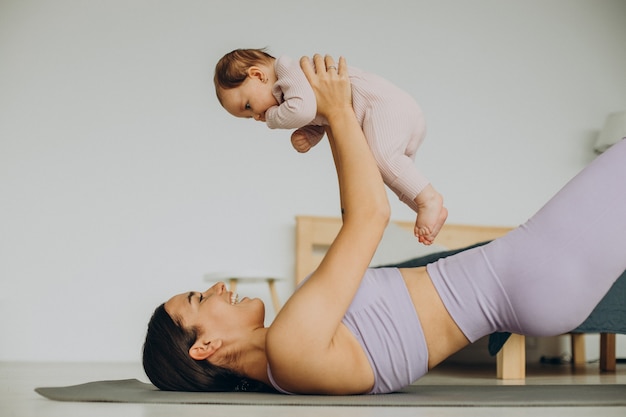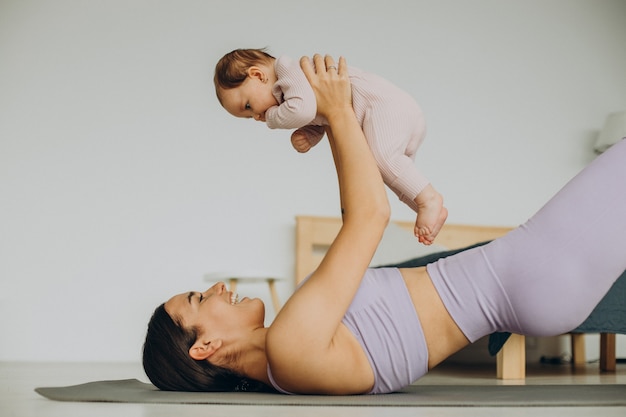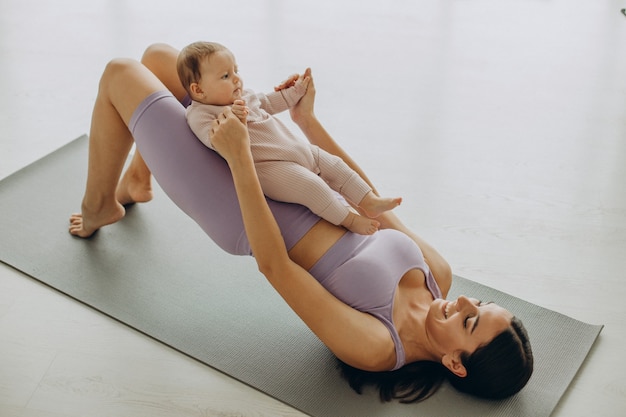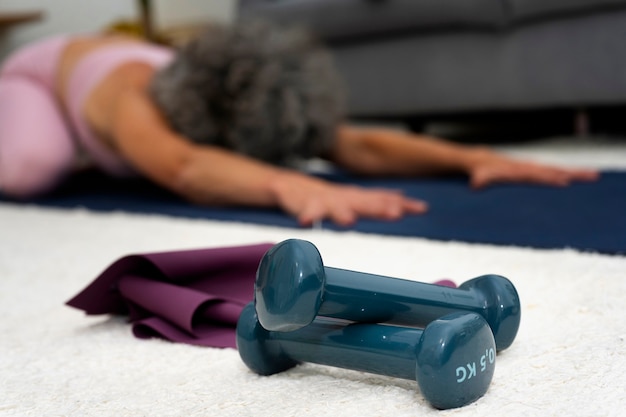Swimmer's Guide to a Safe & Strong Pregnancy and Postpartum Journey
Staying active during pregnancy is not only safe—it can be empowering, especially for swimmers. With the right approach, swimming offers low-impact cardiovascular benefits, helps manage weight gain, reduces swelling, and supports mental well-being. This comprehensive checklist is designed specifically for swimmers, offering weekly targets, expert-backed tips, and essential safety reminders throughout pregnancy and postpartum recovery.
Why Swimming Is Ideal During Pregnancy
Water supports up to 90% of body weight, reducing joint stress and helping maintain mobility as your center of gravity shifts. The buoyancy of water also alleviates back pain and improves circulation—key benefits during pregnancy. Plus, swimming helps regulate body temperature better than land-based workouts, minimizing overheating risks.
First Trimester (Weeks 1–12): Focus on Stability and Awareness
- Maintain your pre-pregnancy swim routine if tolerated, but reduce intensity if fatigued or nauseous.
- Aim for 3–4 sessions per week, 20–30 minutes each, focusing on steady strokes like freestyle or backstroke.
- Hydrate before and after swimming—dehydration can trigger contractions.
- Avoid breath-holding drills and strenuous flip turns.
- Listen to your body: Morning sickness and fatigue are common; modify as needed.
Second Trimester (Weeks 13–27): Build Endurance Safely
- Increase swim duration to 30–40 minutes, 4 times per week.
- Incorporate gentle kickboard work to strengthen legs and improve circulation.
- Switch to backstroke or sidestroke if abdominal pressure increases with freestyle.
- Monitor heart rate—keep it below 140 bpm unless cleared otherwise by your provider.
- Use water aerobics or aqua jogging if pool lanes are crowded or access is limited.
Third Trimester (Weeks 28–40): Prioritize Comfort and Preparation
- Reduce frequency to 3 sessions weekly, focusing on relaxation and mobility.
- Try slow, rhythmic swimming or water walking to ease pelvic pressure.
- Avoid dives, jumps, or any activity with fall risk.
- Wear a supportive swimsuit or maternity swimwear with belly panel.
- Stop immediately if you feel dizziness, shortness of breath, or contractions.
Postpartum Swimming: When and How to Return
Wait at least 4–6 weeks after delivery (or longer with cesarean birth) before resuming swimming. Ensure any vaginal bleeding has stopped and you’ve been cleared by your healthcare provider.
Weeks 6–8 Postpartum
- Start with 2 short swims (15–20 minutes) per week.
- Focus on gentle strokes and breathing patterns to rebuild core engagement.
- Avoid intense intervals or flip turns initially.
Weeks 9–12 Postpartum
- Gradually increase to 30 minutes, 3 times per week.
- Incorporate light resistance training in water using paddles or webbed gloves.
- Pay attention to pelvic floor function—leakage or pressure means slow down.
Safety Reminders for Pregnant and Postpartum Swimmers
- Stay Cool: Avoid hot tubs, saunas, and water hotter than 85°F (29.4°C).
- Hydrate: Drink water before, during, and after swimming—even if you don’t feel thirsty.
- Monitor Symptoms: Stop and seek medical advice if you experience vaginal bleeding, dizziness, chest pain, or regular contractions.
- Protect Your Joints: Hormonal changes loosen ligaments—avoid overstretching or aggressive turns.
- Pool Hygiene: Choose well-maintained, chlorinated pools to reduce infection risk.
Nutrition & Recovery Tips for Swimmer-Moms
Pregnancy increases caloric needs by about 300–500 kcal/day in later stages. Focus on protein-rich foods, complex carbs, and healthy fats to fuel workouts and support fetal growth. After delivery, breastfeeding adds another 450–500 kcal demand—prioritize nutrient-dense meals and snacks.
Stretch gently after swimming to maintain flexibility. Consider prenatal yoga or pelvic floor exercises (like Kegels) to support core strength and recovery.
Final Thoughts
Swimming offers a unique advantage for expectant and new mothers—supportive, sustainable, and soothing. With mindful progression and attention to safety, you can maintain fitness, ease discomfort, and prepare your body for labor and recovery. Always consult your healthcare provider before starting or resuming any exercise program during or after pregnancy.

